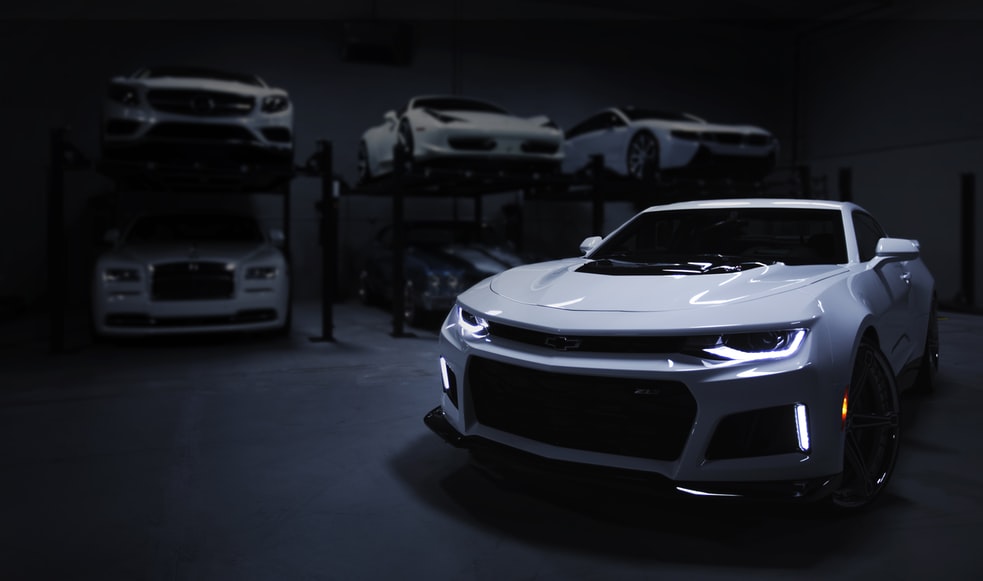Window Tinting has come along way since its initial application. It is now used by more than 50% of all commercial and residential window tint applications in the U.S.. More people are using window tint as a way to protect their car’s interior from the elements such as fading paint, wind and hail damage. While window tint is a great solution for preventing some of these problems, it is important to keep in mind that while window tint is an excellent way to protect your car, it is just one of many. In this article we will look at some common misconceptions about window tint and what its benefits and drawbacks may be.
One of the biggest and most common window tint myths out there is that tinted windows can help prevent the formation of air leaks inside the vehicle. This is simply not true. While a window tint can help prevent light from entering your vehicle, they do absolutely nothing to help prevent heat escaping from your vehicle. When it comes to air leaks in a vehicle, the main cause is the failure of the windows to close properly. While window tint does help prevent some light from escaping, it does not help stop the heat from escaping from your car.
Another big myth surrounding window tint is that it will help improve the visibility of your vehicle in the driver’s blind spot. The truth behind these myths is that while tinting will make it easier for drivers to see their vehicle from a distance, it will not increase their visibility. While it is true that light colored tints will help reduce the amount of light that can pass through, they will not affect your ability to see in the driver’s blind spot. The only time that it may be useful to have tinted windows is when you are traveling at night or during severe traffic.
For Window Tinting in Brigantine NJ or Window Tinting in Anaheim, contact Kepler Dealer.

